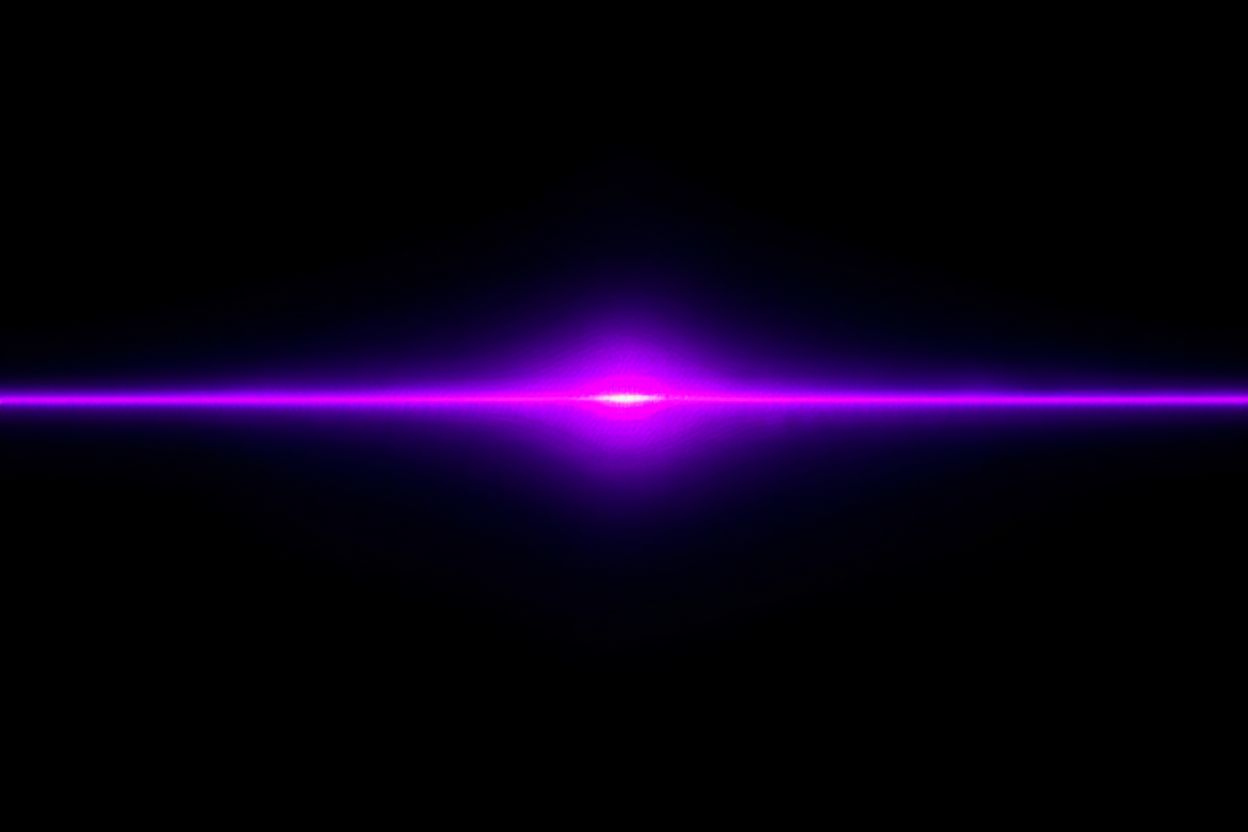Follow us on Google News (click on ☆)
For about thirty years, organic solid-state lasers (or OSLs) have generated strong interest. Unlike conventional inorganic lasers, which are expensive and bulky, these devices use organic molecules capable of emitting intense light whose color can be adjusted through chemical design. Their lightness, flexibility, and low production cost make them prime candidates for applications in electronic lithography or medical treatments using UV light.

Until now, designing efficient organic lasers in the ultraviolet range (200-400 nm) remained a major challenge. Indeed, in the solid state, most organic materials lose light efficiency due to a molecular aggregation phenomenon that degrades their optical properties.
In this context, teams from the Institute of Chemical Sciences of Rennes (CNRS/University of Rennes/ENSCR/INSA Rennes), the Parisian Institute of Molecular Chemistry (CNRS/Sorbonne University), and the Laser Physics Laboratory (CNRS/University Sorbonne Paris Nord), in collaboration with a Japanese team from the Center for Organic Photonics and Electronics Research (OPERA) at Kyushu University, have developed an original approach to limit the aggregation of high-performance and stable UV-emitting organic molecules in the solid state.
Their strategy is based on positional isomerism, meaning the variation in the position of certain chemical groups within the same molecule. By isolating two isomers from a family of emitting molecules called dispirofluorene-indenofluorenes, the scientists observed that one of the two exhibited significantly reduced intermolecular aggregation compared to its counterpart, greatly improving the material's optical efficiency. They also show that the specific arrangement of different molecular groups within the molecule is responsible for this behavior. By then integrating this material into a distributed feedback (DFB) laser architecture, they obtained light emission at 358.5 nm, the shortest wavelength for an organic laser of this type.
These results, patented and published in Advanced Functional Materials, mark an important step toward the realization of high-performance organic lasers in the ultraviolet range, opening the way for new high-precision technological and biomedical applications.
Editor: CCdM